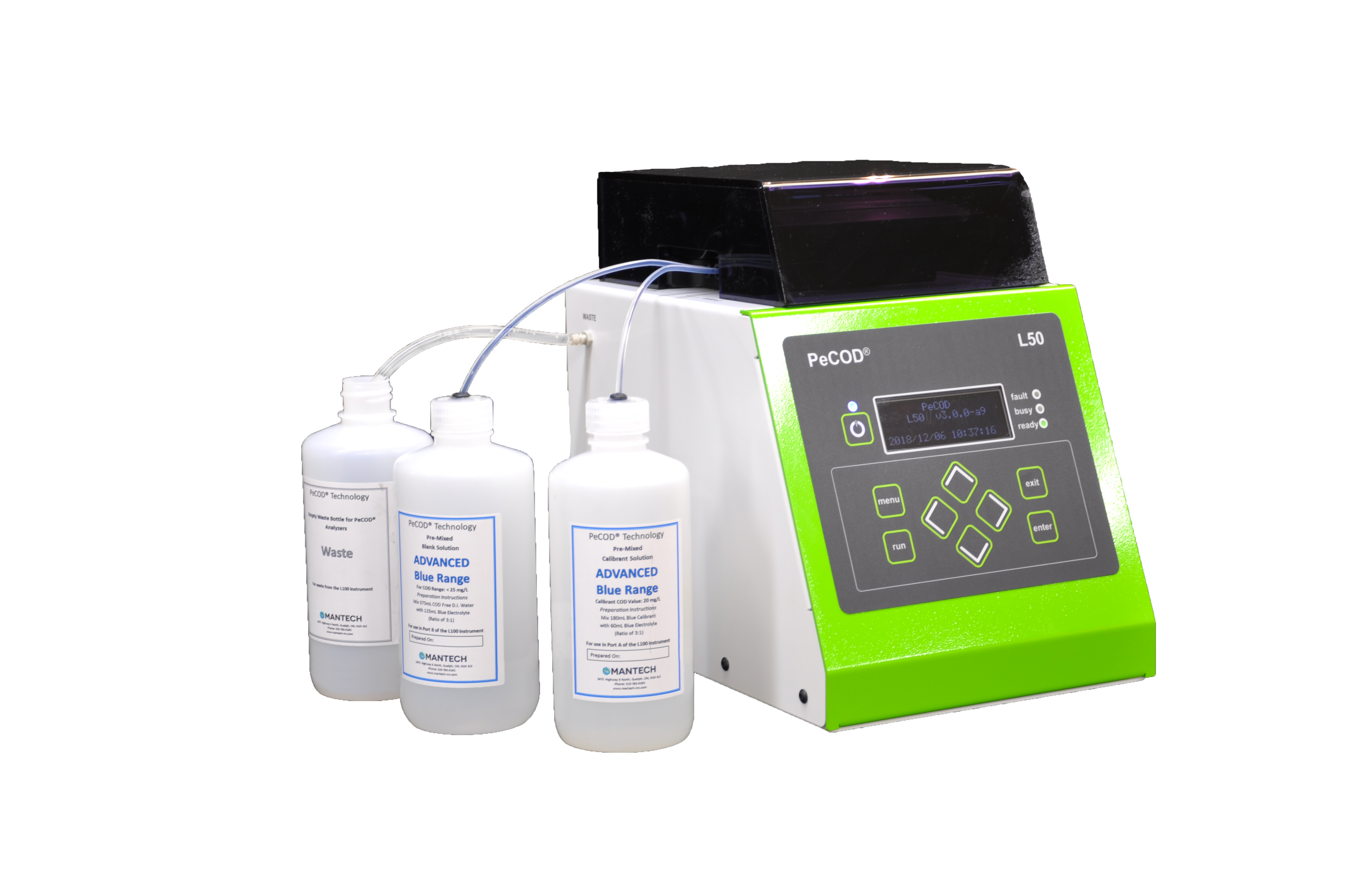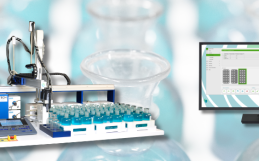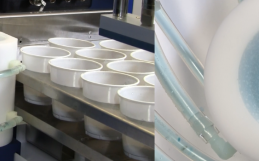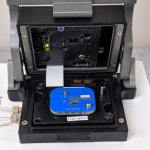Recently, Dalhousie University’s Centre for Water Resources Studies published a paper in the American Water Works Association (AWWA) Water Science journal focused on the PeCOD® analyzer’s utility to monitor natural organic matter (NOM) in drinking water treatment plants compared to other conventional metrics.
NOM and Drinking Water Treatment
While inherently nontoxic, NOM can affect color, taste and odor of drinking water and can contribute to indirect health impacts such as being a precursor for disinfection by-products (DBPs). Shifts in NOM concentration also cause challenges for drinking water treatment plants. To ensure effective treatment, rapid monitoring tools become essential for measuring changes in NOM concentrations to help optimize and inform drinking water treatment operations.

Conventional Metrics Used to Measure NOM
Unfortunately, conventional methods such as total organic carbon (TOC) and ultraviolet absorbance at 254nm (UV254) may overlook NOM reactivity in drinking water and be ill-suited to evaluate treatment plant performance. On the other hand, the PeCOD® analyzer is more sensitive to oxidative changes in NOM. Using a photoelectrochemical oxygen demand (peCOD) method, it indirectly measures the oxygen consumed during NOM oxidation, quantifying NOM reactivity. In addition, the peCOD method is safe & green, only taking 5-15 minutes for results making it an accessible NOM detection method for drinking water treatment plants.
PeCOD® Analyzer Studied in Nine Drinking Water Treatment Plants
To further evaluate the PeCOD® analyzer’s utility, a study was conducted at nine drinking treatment plants across the UK and Atlantic Canada over a 3-month period. It was evaluated by investigating its relationship to other NOM measuring metrics, evaluating its ability to indicate treatment plant performance and assessing it as an indicator of DBPs. Ultimately it was concluded that the PeCOD® analyzer is more sensitive to NOM reactivity than conventional metrics and this heightened sensitivity also meant it could detect subtle changes to water quality to more accurately inform treatment decisions.
Dalhousie University’s Centre for Water Resources Studies pools together research resources to address water challenges by providing a platform for the development and appropriate application of water technology; water quality analysis and advancement; and outreach through knowledge transfer to their stakeholders.
AWWA Water Science publishes peer-reviewed research on the science, engineering and social aspects of water. It is an interdisciplinary journal with international authorship which focuses on the physical, chemical, and biological processes that affect the quantity and quality of potable water.
Demont, I., Anderson, L. E., Bennett, J. L., Sfynia, C., Bjorndahl, P., Jarvis, P., Stoddart, A. K., & Gagnon, G. A. (2024). Monitoring natural organic matter in drinking water treatment with photoelectrochemical oxygen demand. AWWA Water Science 6(3). https://doi.org/10.1002/aws2.1378







